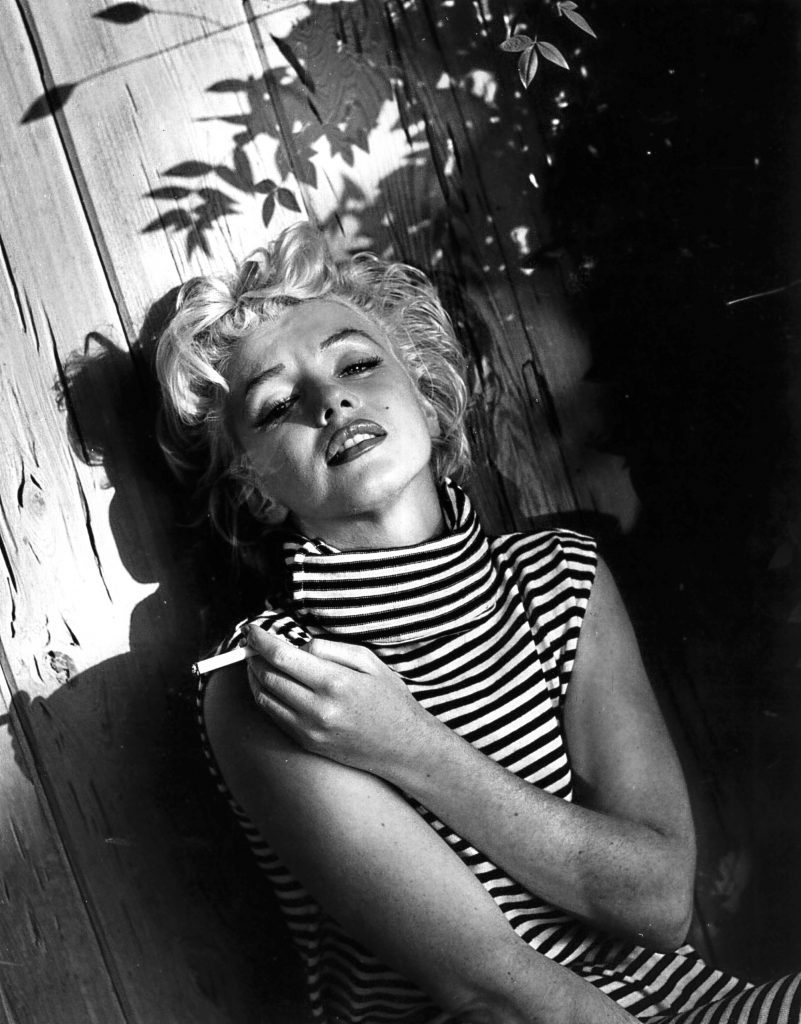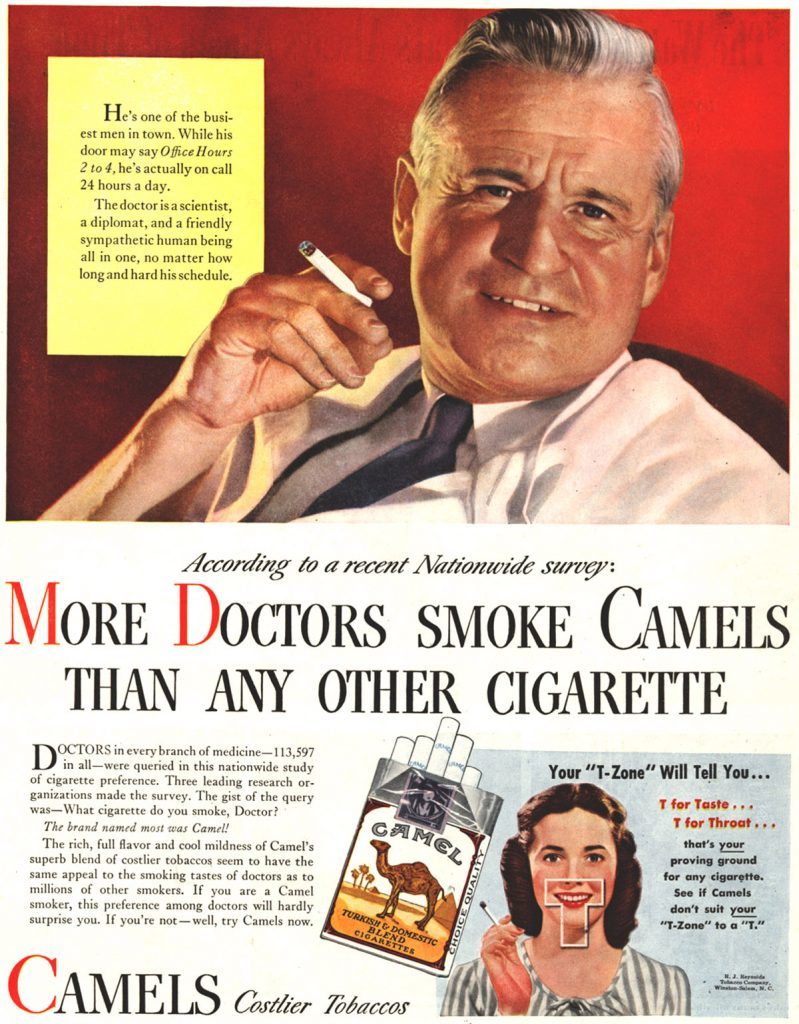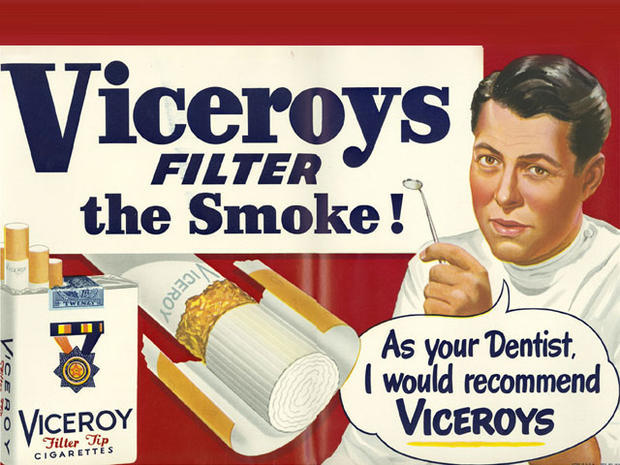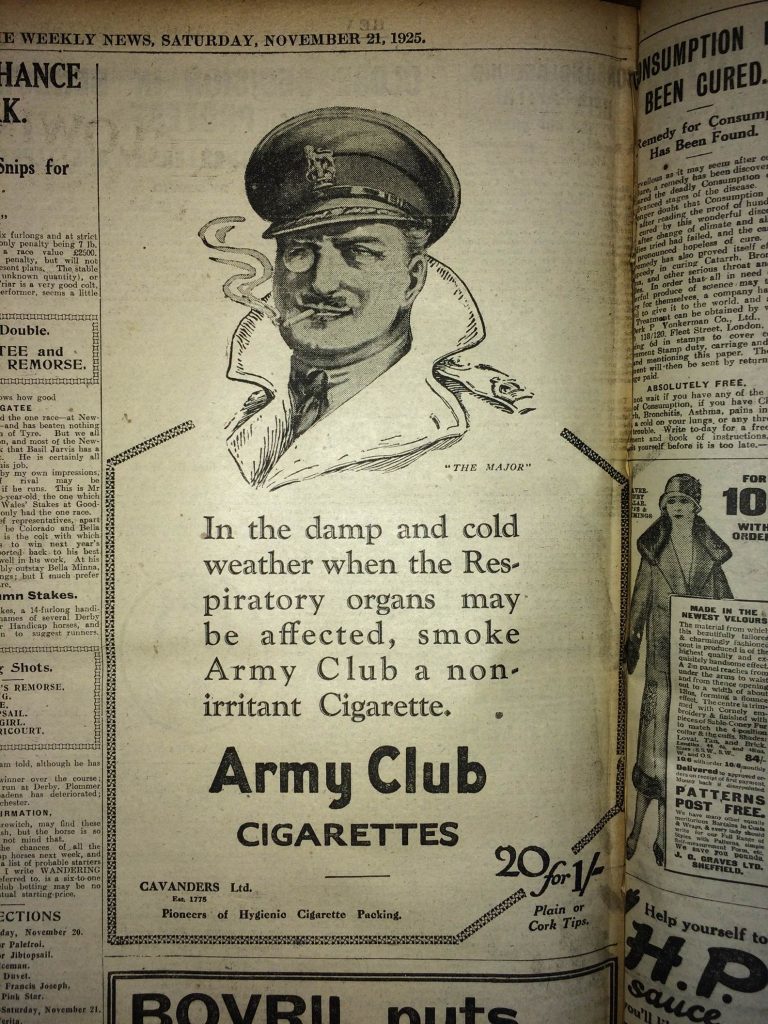
WE’RE about to see the latest attempt to stamp out smoking altogether in this country — more than 3,000 years after humans first enjoyed tobacco.
Evidence from Mexico and elsewhere in that part of the world shows that as far back as 1400BC, people used tobacco.
Since that time, it has come in many shapes and sizes and been used in different ways, but smoking tobacco has long enjoyed a glamorous image.
In fact, for many years, puffing on a cigarette was seen as not only attractive, but was thought to be good for your health.
It’s less than 10 years since WHO, the World Health Organisation, announced that smoking was the largest preventable killer on Earth.
But only now, this May, are we about to see cigarette packets looking drab and plain, with nothing except a few small words to differentiate one brand from another.
It was decided to do this a year ago, and the big tobacco companies and shops were given 12 months to get rid of old stock and prepare for the change.
The idea is that Britain’s dwindling band of smokers will find the new look boring, and the packs will look so unappealing that potential new smokers won’t be tempted.
Strange, therefore, to think that it’s not so long ago every rock star and matinee idol, even royalty and Prime Ministers, were often seen with cigarette, cigar, or pipe in hand.
Centuries ago, North American tribes saw tobacco as a gift from their creator, its smoke carrying their thoughts and prayers directly to him.
The Europeans who showed up were less religious about it, but didn’t take long to realise that tobacco would sell in vast quantities back home.
Hernandez de Boncalo was the first to bring tobacco seeds back, in 1559, on the orders of King Philip II of Spain.
They were planted in Toledo, in its Los Cigarrales area, hence the name.
Extremely harsh at first, you could only smoke a tiny amount, but developments soon made it easier to take and many a mistaken “expert” raved about its health benefits.
Smoking this new stuff could open your pores and get your body breathing again, along with a million other benefits, they said.
Soon, a machine was invented to churn out cigarettes in massive numbers, nations relied on tobacco sales for large chunks of their income, and banning smoking would have been the last thing on their minds.
It was only well into the 20th century that people first realised smoking was an addictive killer, a major cause of heart and lung troubles and a whole host of cancers.
And it has only been in the past couple of decades that governments and health groups have really grabbed the problem by the throat and done something about it.
The arrival of an alternative that, so far, we think is much safer — e-cigarettes — has been a major help, and many have managed to get off the weed thanks to the vape.
Admittedly, though, vaping won’t kill your nicotine addiction, as its appeal lies in the fact that they still have plenty of the nicotine we are addicted to, but far fewre carcinogens.
For those who continue to smoke the real thing, though, it’s hoped these latest packaging changes will be the final straw.
Not only that, but there are strong rumours that already-expensive cigarettes are going to become so ridiculously expensive that people will be forced to give up purely for financial reasons.
Vintage advertising reveals how ignorant we were about smoking as recently as the 20th century.
The new regulations require cigarettes to be sold in standardised, plain packaging, with all attractive features removed.
Packets’ colour, size, texts and fonts will all be strictly standardised, with health warnings and pictures to take up 65% of the front and back of the packet.
Health warnings must be seen, while misleading words such as “lite”, “natural” or “organic” won’t be permitted.
Packs will have to be sold in a minimum of at least 20 sticks, and hand-rolling tobacco in a minimum of 30g packets.
Partly, as prices began to shoot up, some companies got round the rules by having 18-packs rather than the full 20.
No such tricks or loopholes will be allowed now.
Even those electronic cigarettes will be getting much more careful scrutiny, so there could be more changes to come to regulate those.
Some of the heavyweights of the tobacco industry took their side of the argument to the highest courts, saying all this infringes their human and intellectual property rights.
That was rejected by the judges, while Nicola Blackwood, the public health and innovation minister, announced: “Standardised packaging will help cut smoking rates and reduce suffering, disease and loss of life.
“We are pleased that this decision will help many people to lead longer and healthier lives.”
It’s quite noticeable how the lawmakers reckon simply changing the appearance of cigarette packets will prove so effective and do what other attempts have consistently failed to.
But are smokers as attracted to their appearance as we think?
Going by the popular history of smoking, it’s a resounding “yes” to that!
In a rich variety of colours and packaging, shapes and sizes, even fancy black Russian cigarettes, or macho cowboys, dreamy clouds of smoke and descriptions that almost make cigarettes sound like exotic food, they can appeal even to non-smokers.
We can only hope that if the lawmakers achieve their aims with these boring new packs, that cool image is about to go up in a puff of smoke.

Enjoy the convenience of having The Sunday Post delivered as a digital ePaper straight to your smartphone, tablet or computer.
Subscribe for only £5.49 a month and enjoy all the benefits of the printed paper as a digital replica.
Subscribe



